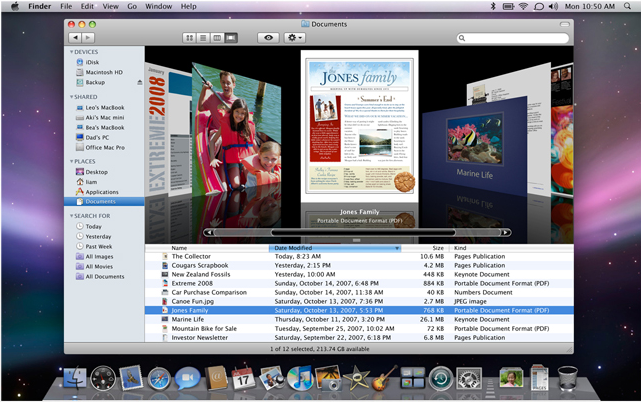

However, at least the option is there and this is another major tidy-up (though does it work on iPods too?).
:max_bytes(150000):strip_icc()/001-itunes-album-art-1999271-a45a1092dae048199b9fccf27642cc2f.jpg)
It still generally requires user intervention, which most won't do. (There are far more difficult 'edge cases' than these - as discussed.) However, the annoying and disruptive gap that used to be audible in such mix albums - also live albums or music which isn't song-based - has now been fixed in iTunes 7, with the ugly term 'Gapless album'. To map this thoroughly into iTunes is still tricky and I can't see many users doing it. Something like Kieran Hebden's DJ Kicks set is clear enough on the shelves - it's compiled by Hebden, aka Four Tet, featuring numerous artists across different tracks, including remixes by DJs of tracks by other artists and so on. Unclear, and again it illustrates how difficult it is to convey the richly textured context that physical products intrinsically handle well. Sadly, there's little on the structural metadata front, save a new (?) addition, 'Album artist', which is possibly intended to help with compilations or DJ mixes. Applications like Synergy handle this better, by using 's cover art database as its provider, leading to far higher hit rate - ultimately meaning that album art can be pulled back into the music listening experience.

(You can add it yourself, which is good, but not even I bother to do that.) So for many, the experience is often going to look like this: Put simply, chances are that your album's artwork won't be in iTunes. Additionally, there are all the basic issues around matching names of albums from your collection to Apple's. Anybody whose tastes hover one iota either side of the mainstream won't be helped, due to the strategy and business issues around the music marketplace mitigating directed against the user so heavily. However, iTunes is optimised to use the album artwork at the iTunes Music Store to populate the cover art in your collection - which of course means Apple gets to see all your music, by the way, though they explicitly say they chuck that data away - and the iTunes catalogue has such a proportionately small set of recorded music that many collections won't be helped by this at all. John Coulthart and Colin Buttimer note what this means and generally welcome its inclusion. Here's a pic from the Apple website illustrating the ideal: It's perhaps one of the key additions to iTunes 7. Development appeared to stop a while ago, and as of last night we know why. This at least created some connection between visual and aural experiences, though it did little to resolve the omission of more structural metadata. In my New Musical Experiences piece I noted a couple of potential solutions - which were stop gaps at best - including an interface for browsing music via their sleeves, known as Cover Flow. Definitely a case of one step forward and two steps back, with unknown consequences for music. As well as visual representation, basic elements of contextual information - aka metadata - which were effortlessly conveyed via cover art, are generally missing. As noted here a while back, the covers of vinyl records or home-made mix tapes have a lot of value that has been discarded in the drive towards digital music services such as iTunes, Rhapsody and so on.


 0 kommentar(er)
0 kommentar(er)
